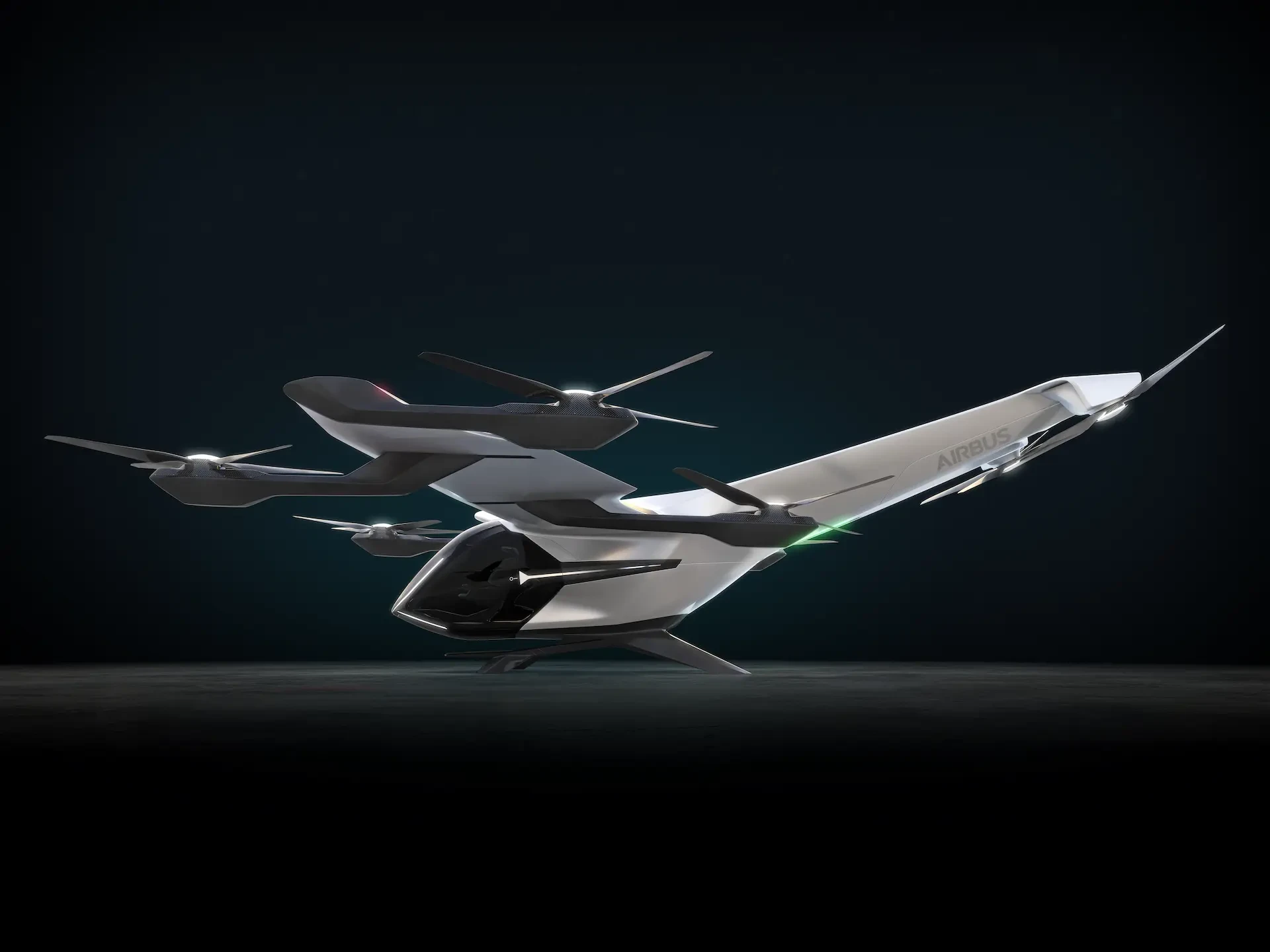The vertical flight industry is seemingly continuing to witness new start-up companies and an ever-broadening array of air vehicles targeting a perceived future market for personal and urban aerial mobility markets. These vehicles range from relatively simple single-person personal conveyances, with limited range and payload, all the way to, as of yet, ambitious drawing-board visions of intra-city airliners, with the potential to carry 40-60 passengers between conurbations or 'hub and spoke' travellers shuttling between domestic and international airports. The rationale behind the latter is that a VTOL or vSTOL 60-seat airliner could land their passengers at purpose-built helipads or vSTOL 'strips' at major airports, freeing up slots on the main runways. Conventional short-range turboprops, such as the ATR-72, would no longer be using a slot that a B777 or A350 could exploit. These much larger aircraft are comfortably capable of delivering five or six times the number of travellers per landing. Such a shift would instantly provide a significant boost to passenger numbers through most major airports with little impact upon movements and noise. Why? Because it is anticipated that VTOL/STOL airliners would use approach paths and techniques more applicable to helicopters, and the promise of far quieter platforms, designed in accordance with UAM noise/pollution requirements, would mitigate, to an extent, the noise disturbance to the population living below these new approach/departure lanes.
However, as I noted in my column in the last issue of Heli Ops, I'm really struggling to see the Value Proposition and likely market size that will sustain more than a handful of designs in each segment. The personal conveyance has, in my opinion, the most scope for several competing vehicles to flourish - after all, there are still dozens of car and motorcycle manufacturers offering literally hundreds of designs to would-be buyers. I can conceive a 'sales pitch' to owners of motorcycles and small sports cars; the speed, thrill, and individuality of owning a small eVTOL will appeal to many, especially those with small holdings who cannot afford the cost and complexity of a conventional helicopter, nor the time to qualify as a private pilot to fly one, but like the idea of flying rather than riding a quad-bike around their land, or, simply, would enjoy the exhilaration of (relatively) high speed and low level flight. The financial, certification and operational aspects of bigger machines for commercial use, to my mind anyway, remain high risk in terms of Return on Investment (RoI), and most investors will do well to recover their investment in the long term.
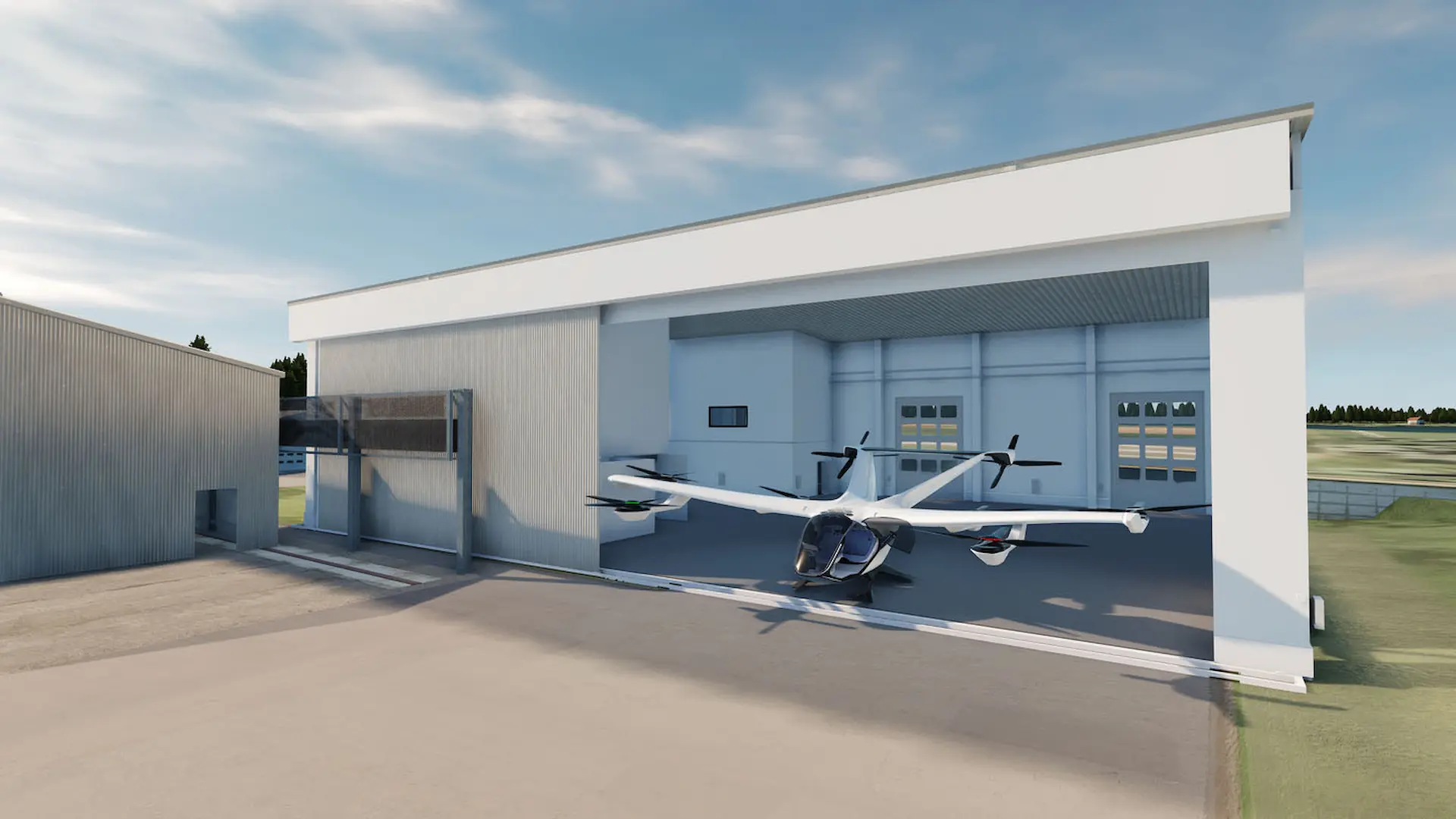
VFS
At the recent Vertical Flight Society (VFS) annual forum, held in West Palm Beach, Florida, a number of technical sessions and plenary meetings were held which featured aspects of eVTOL design, and outlined plenty of aspirational UAM use cases. In the VFS Operations Committee, of which I'm now Deputy Chair, we assessed and evaluated several technical papers that espoused the need for developing dedicated infrastructure, flight planning and ecosystem support tools to underpin the UAM use cases and ensure efficient, safe and profitable operations - especially in the 'Urban Canyons' of conurbations such as New York City, where air traffic density is already high, and a complex interaction between three major airports, and several small ones, already exists. It is these key enablers that have been, perhaps, somewhat left behind in the rush to develop platforms. This oversight is understandable in many respects, as the lion’s share of the RoI will inevitably be generated from the selling, maintenance, and upgrades of the air vehicles themselves. Nonetheless, this is a somewhat myopic position for a nascent industry to take. After all, there's no point in developing a conventional airliner to fly a route which doesn't have a suitably equipped airport at either end. The introduction of the Airbus A380 should be a warning to those rushing headlong into the UAM 'space' with a platform but no existing infrastructure to accommodate it; even well founded major international airports required extensive (and expensive) modification to accommodate the A380's prodigious size. The wingspan and height of the vertical stabiliser required taxiways and connecting bridges to be modified, while the twin-deck configuration necessitated major changes to the Terminal Gates that the A380 would employ. Not to be overlooked, the sheer mass of people, luggage, and cargo the aircraft could deliver caused airport operators’ significant issues getting passengers (and their belongings) on/off the aircraft, as well as cleaning/restocking it between flights.
UAM will have some similar issues to contend with, and some new ones to consider.

Some Issues
The proponents of UAM will talk extensively about how important 'the journey' will be to the UAM passenger of the future. In an increasingly Smartphone Application focussed world, there will be an expectation that arranging a UAM transit will be little different to ordering an Uber/Lyft via one's phone. In a similar way to taxis at the moment, consumers will be able to visit a 'UAM rank' or pre-order one - though, I imagine, simply hailing one down on the street might be a little bit more problematical....
When the UAM concept first started gathering momentum, it was the Application-based backbone for passengers that seemed to be attracting the next level of interest and investment after the vehicles themselves. This also makes sense, as several business models will be sustained by skimming a few cents in the dollar from the ride fee, in a similar way to how Uber operates now. However, there may be some considerable deltas from the Uber/Lyft model that UAM operators and manufacturers are going to need to consider if they are to generate an operating profit.
There are thorny topics to be considered, such as aircraft automation or remote operation, and, if a pilot is stationed onboard, their training and licencing. The UAM industry is at great pains to point out that they intend to highly automate their air vehicles - indeed, some manufacturers are already designing aircraft which will have no onboard crew from first principles. They contend that with a mature enough UAM ecosystem, electronic conspicuity/sensing, and sufficient redundancy in flight control and navigation subsystems, their platforms no longer need a dedicated pilot onboard. It is proposed that a 'remote captain', stationed in a Command and Control centre, could oversee multiple UAM aircraft simultaneously - intervening only when necessary. This is a concept already employed in several urban rail and tram ways. Indeed, when elevators were first fitted to tall buildings an operator was on hand to open/close the doors and select the required floors for the passengers - when the operator was removed because the 'interface' to, and operation of, the elevator was simplified, he/she was replaced by a call button to a central 'help' desk.
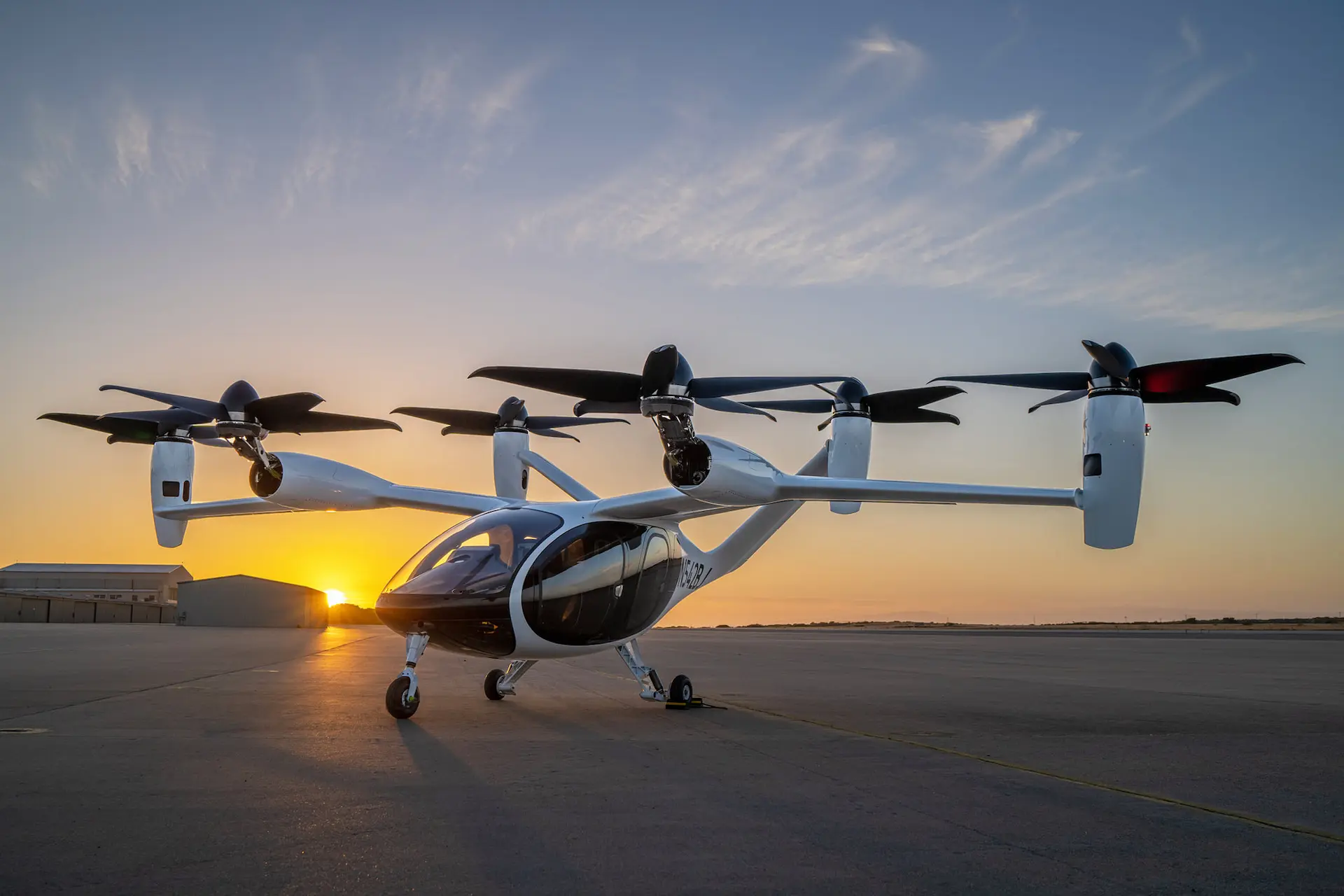
To an extent this approach is logical; society no longer frets when there's no elevator operator, and few, if any, seem concerned when they step onto an automated tram/train - so often a feature at major airports for whisking travellers between terminals. Automation is creeping ever deeper into our cars; adaptive cruise control, lane departure control and automatic emergency braking are features on nearly all new cars, while the likes of Elon Musk's Tesla are continuing to forge ahead with truly 'hands off' automated driving technology. Many Tesla vehicles are already equipped with the technology to make them entirely self-driving, requiring only local laws and a software patch to permit them to operate in an autonomous fashion. But, and it's a big but, aviation is orders of magnitude more complex than ground transportation. Aviation, and by inference, aviators, have to contend with unpredictable challenges occurring in three dimensions - sometimes all at once. If there's a problem with a train it can simply stop on its tracks and alert its operators. If there's an issue confronting a self-driving car it can stop or relinquish control back to the driver - who will be trained and licenced to take charge of the vehicle and make appropriate decisions. 'Trained and licenced' is the key, hopefully with experience, and, most importantly, onboard.
UAM has yet to, in my mind at least, adequately address this issue.
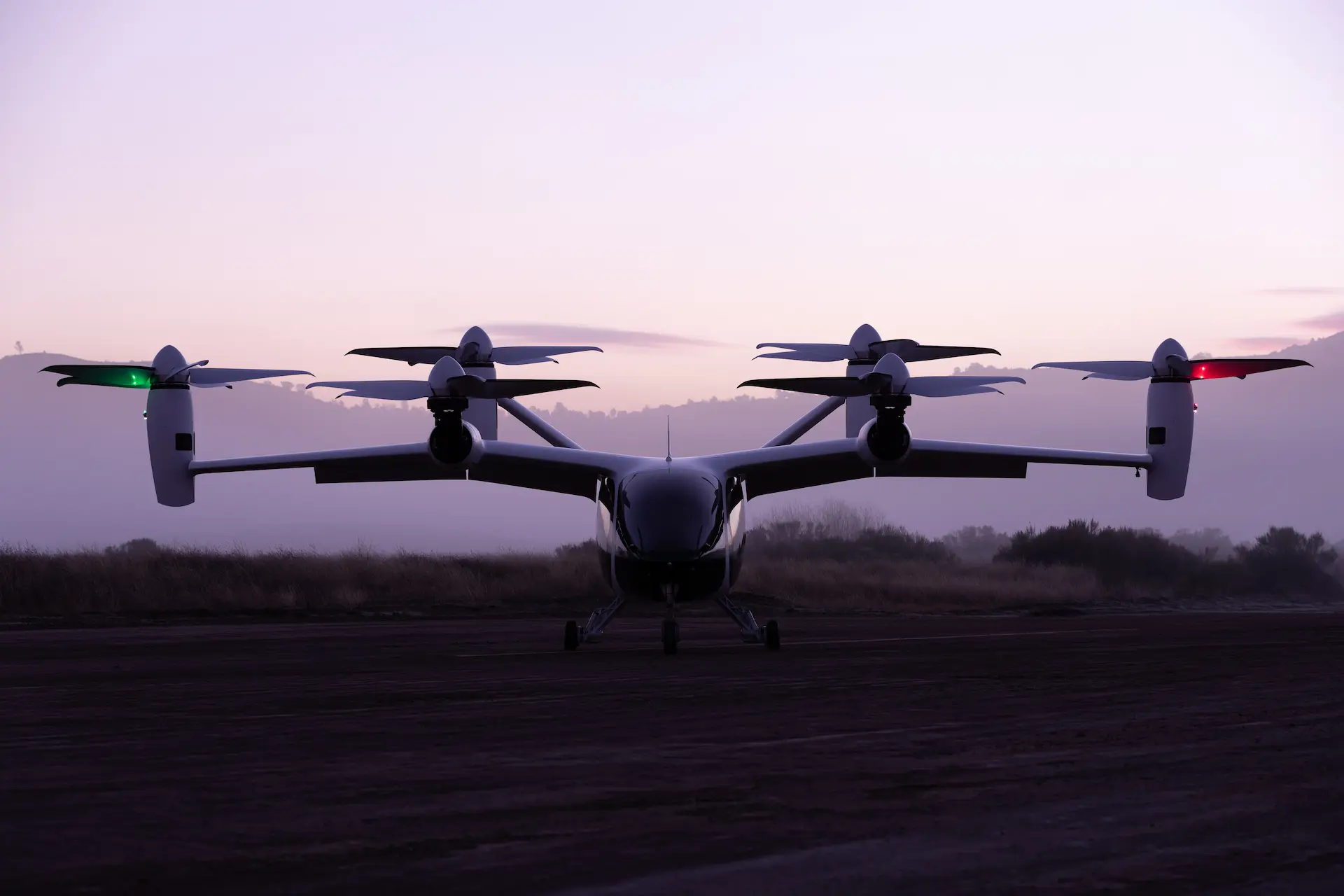
Automation
I'm content that the level of automation that is achievable in air platforms is sufficient to permit UAM aircraft to operate largely 'hands off'. In pure helicopter terms, the advent of advanced capabilities such as Fly By Wire (FBW) flight control systems, digital 4-axis coupled autopilots, and Full Authority Digital Engine Control (FADEC) already permits crews to 'couple up' and fly the aircraft with their hands off and eyes out. The UAM approach is that such technology, flying short 'hops' on established routes, will not require the oversight of a pilot, or, if one is mandated, they will not require long and expensive training to CPL/ATPL standards required for Part 135 or airline operations.
This is an understandable aim for two main reasons.
Firstly, removing the pilot from any vertical lift platform immediately saves appreciable space and weight, not only in terms of the boarding mass / cubed metres of the pilot themselves, but also in the eliminated need for a Pilot Vehicle Interface (PVI) of seat, controls, and instruments. Taking the Vertical VX-4 eVTOL as an example of the scale of design that eVTOL manufacturers are proposing to satisfy UAM 'needs', it's immediately clear that removing the pilot from a machine designed to only carry four passengers provides a substantial uplift in space and payload - and therefore operating and profit margin. Designing a platform from scratch with no provision for a pilot is even more efficient than simply removing the flight controls and adding another passenger seat.
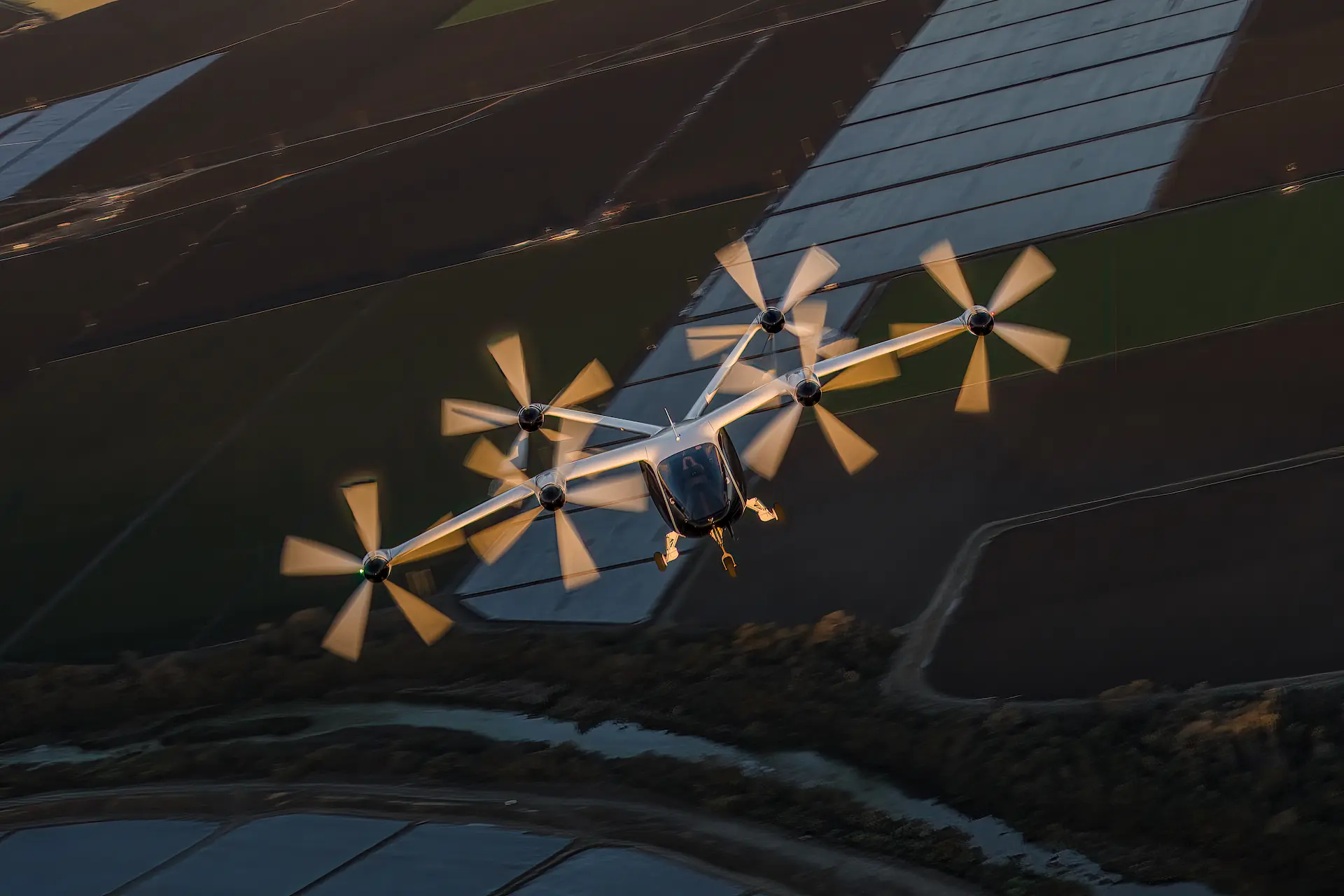
Licensing
However, I still consider it unlikely that regulators such as the FAA, CAA and EASA will allow UAM eVTOLs to operate Part 135-style operations from the onset without a pilot onboard. The debate then opens up into the qualification, training, experience and currency of the eVTOL flight crew. As the journeys will be fee-paying, and the pilot will doubtless expect to be paid via some mechanism, using current metrics the pilot will need to be commercially rated. Quite what that rating looks like is under scrutiny. If the Regulators deem that the pilot will need to be at least CPL(H) qualified, then the corresponding salary demands are likely to be too high to be realistic for a sustainable industry. High staff costs may be acceptable during the initial phase of UAM roll-out, where the system will be a tool of the wealthy to avoid the inconvenience of Urban traffic and therefore able to charge correspondingly higher ride charges, but in the long term, if to be in any sense 'mass transportation', the costs will have to be driven down substantially - including the salary expectations of the 'pilots'.
If UAM succeeds in becoming more of an 'Uber of the skies' and the cost to access the service fall. what will be the demands in terms of licencing? As the early to market machines (hopefully) prove safe and reliable, and pilots report little in the way of routine interaction, then attitudes may soften. I can foresee a 'sliding scale' where the initial requirement will be, as noted above, for 'early adopters', a CPL/ATPL holder as captain, then, in time, an 'air aware' operator on each vehicle being one of many overseen by an experienced and fully commercially qualified 'remote captain' from a central control centre. It would be an excellent way of retaining highly capable aircrew who have either 'timed out' due to age or lost their medical category, enabling them to continue to utilise their deep reservoirs of knowledge if needed in an emergency. The 'air aware' pilot will be an individual that, perhaps, has completed a truncated amount of flight school, and then been instructed in the architecture of the eVTOL and the UAM they will be operating in. Their purpose will be to monitor the air vehicle's autonomous systems and look out for hazards - intervening only when necessary and with the support of the 'remote captain'. The PVI would be simple, and almost certainly not a cyclic/collective/yaw pedal arrangement. Perhaps a single joystick, acting as a translational rate controller, a facsimile of a PlayStation-style controller, or even an app on an iPad could act as the interface to the aircraft if the pilot needed to intervene. Acting as a 'monitor' for the autonomous systems on the aircraft, ensuring that the underpinning UAM network is functioning and keeping a look out for 'pop-up' hazards while flying down strictly segregated corridors, though relatively simple to Part 135 CPL helicopter-style training requirements, are nonetheless still significantly more complex tasks than the equivalent Uber/Lyft driver's skill set and training requirements; the latter just needs a driving licence, a car and a smartphone.
Using New York City as an example, moving around the conurbation between rooftop helidecks, existing heliports, and a new generation of 'Vertiports' located in the suburbs would be within the means of an autonomous platform being overseen by a modestly trained 'monitor'. However, if the route was to/from one of the city's major airports, at what stage does professional licencing become essential? Most international airports reside inside at least Class D airspace, with access strictly controlled for obvious reasons. Non-commercially rated may be permitted to cross Class D airspace under 'Special VFR', often via mandatory Visual Reporting Points (VRPs). Would an eVTOL being remoted commanded from a control centre and 'monitored' by a non-rated pilot be admitted? In some respects, a precedent has already been set - RPAS such as Predator/Reaper and Global Hawk have flown in Class A airspace with a remote commander, but that is subtly different as Airways in Class A are highly monitored and density is never close to that at a major airport. Ergo, would an airport such as NY JFK, Heathrow or Schipol, with multiple runways, several approach/departure procedures and intensive traffic numbers be truly comfortable permitting eVTOLs to enter their airspace? Is it perhaps more prudent to fast transit eVTOL customers to an off-airport Vertiport for shuttling 'downtown'?
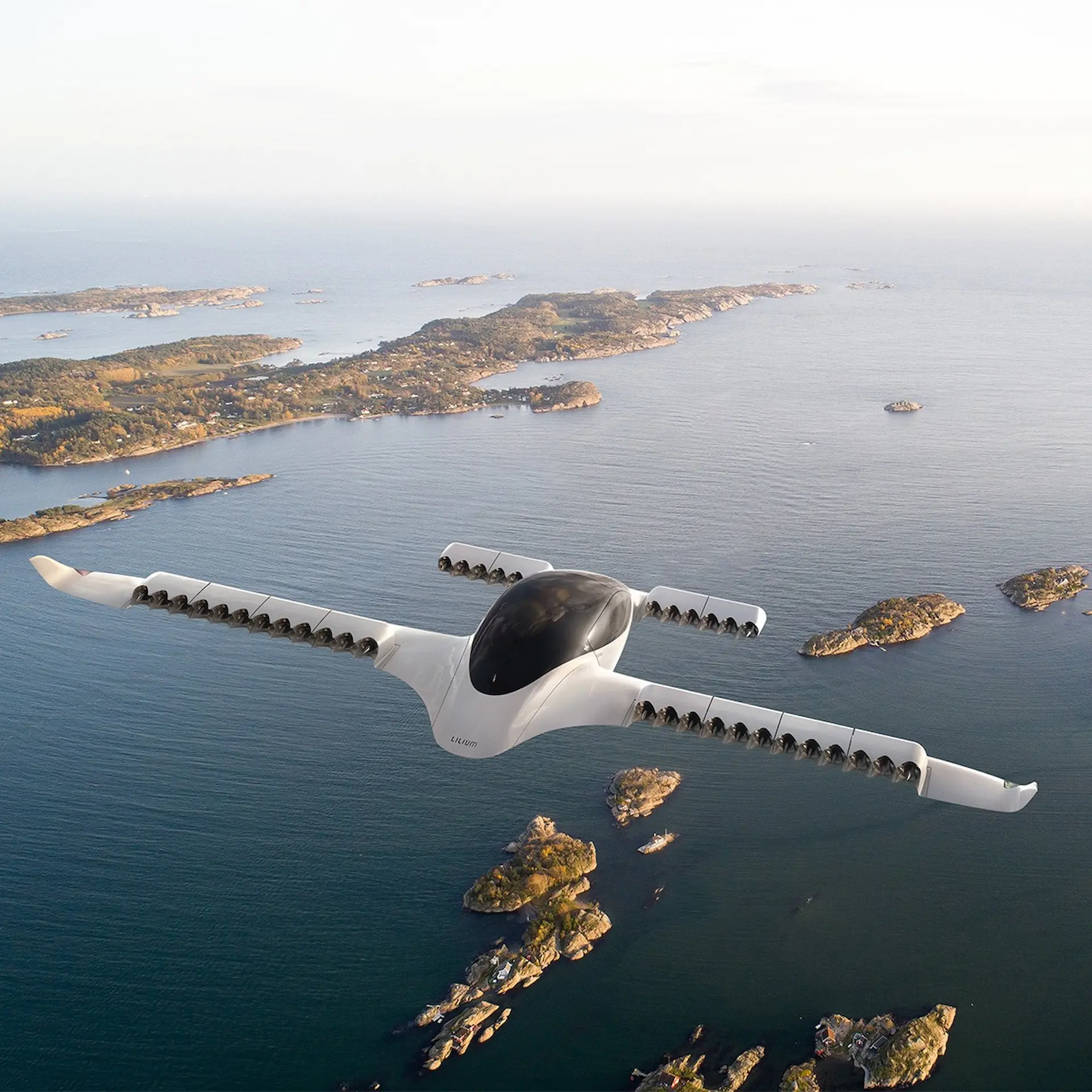
The Journey
This, then, is where the concept of 'the journey' comes in. An exemplar journey may be from a rooftop in Downtown Manhattan out to JFK for the passengers to catch a transatlantic flight. The journey begins with the passenger picking up their smartphone and opening an App. In the App, they log in using biometric details (facial recognition / thumbprint) and inform the UAM ecosystem of the time they desire to arrive at the Lounge at JFK before their flight. The UAM App then runs a series of algorithms to examine the question. Firstly, the system determines departure helideck and the optimum arrival Vertiport for the time of day, traffic density, weather conditions, and appropriate JFK terminal. In doing so, it leverages work that was briefed to the VFS Operations Committee.
To keep a UAM functioning smoothly, and to reduce manpower costs, it's important that the boarding process is achieved quickly, smoothly and, above all else, safely. The latter falls into two main categories. Firstly, ensuring that the helideck/Vertiport design is 'customer proof', with clear markings and directions to ensure there's no danger of confusion, which, combined with eVTOL designs that either have rotors stopped for boarding (much simpler in an electrically powered machine than gas turbine or piston..) or located high above the boarding passengers, will make the risk of accident low. Secondly, is the safety of the vehicle, and other passengers, from unlawful interference. Dr Isam Saleh (Identity Management Consulting) and Grant Young (Rival Air Inc) co-authored a paper entitled 'Vertiport Passenger Security Standard (VPSS)' which examined how the process could be conducted swiftly and safely. The key, they propose, is maintaining a 'golden thread' of matched bio-metric data from the smartphone App that requests the eVTOL all the way to boarding, via the use of facial recognition and thumbprint ID. They have developed an application, unsurprisingly called 'VertiApp', which captures and retains an image of the passenger, including cross reference to an uploaded official ID, such as a passport or driving licence. To improve security, the app can only be functional on one device at a time and must be transferred if a new handset is purchased. On the way to the Vertiport/Helideck, the passenger walks through an 'IntelliTunnel' which confirms the identity of the passenger, again using facial recognition technology, coupled with Near Field Communication (NFC) to the device the flight was booked on. The Tunnel also acts as a traditional security scanning areas for weapons and explosives. I'm sure I'm not the only one mentally visualising Arnold Schwarzenegger walking through the scanner in 'Total Recall' where the system alerted the operators to the presence of his firearm....One intriguing aspect of VertiApp is that it also permits a 'Passenger Scoring System'(PSS). Working in a similar way to a credit check, the PSS maintains a record of the passenger's previous trips, looking especially at journey type, times, and any behavioural 'flags'. Using this system, passengers deemed 'High Risk' can be either prevented from purchasing travel or intercepted by security personnel for a more thorough screening. Assuming that no flags are raised, by the end of the IntelliTunnel the 'Boarding Pass' is approved and activated, and the passenger directed to the appropriate gate for boarding.
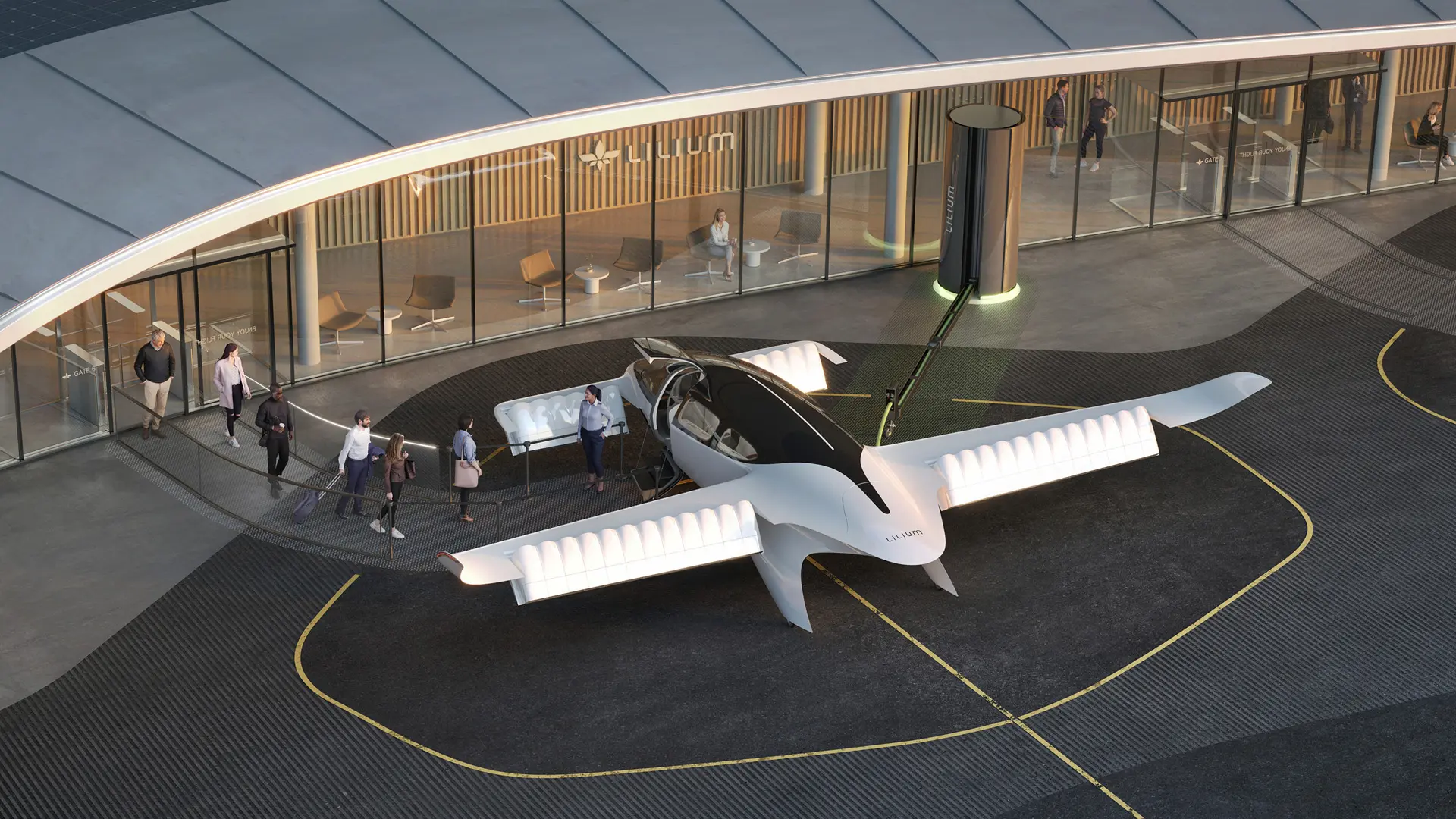
Concepts
Another paper, titled 'Simulation Assisted, Weather Aware Urban Air Mobility', prepared by Michael Yablouski and Alexander Klein, explained how a series of algorithms and data streams could help planners and UAM App engineers develop a robust blueprint for a UAM in a specific area. Their proposal, sensibly, started with 'Requirements' and considered where the optimum location for these new Vertiports should be located. Factors such as proximity to a 'demand signal' (such as an airport), existing transport infrastructure (roads/railways) - termed 'multi-modal connectivity' - and available, affordable, parcels of land. They envisioned Vertiports looking something like a cross between a multi-story parking garage, a heliport and a railway station - with suitable connectivity to the airport via tram/train if required. The concept for commuters moving downtown was turn up, park on one of the levels then move to the rooftop to fly - money being made from both the parking and transit aspects of the journey. For Vertiports located near hub airports, the facility would act as a gateway between segments of the journey. The physical location would be determined not only by existing land use and geological considerations, but also by the type of eVTOLs envisaged, prevailing wind/weather conditions and access to the UAM 'flight corridors' that will be required to segregate eVTOLs away from conventional airport approach/departure lanes and permit the UAM ecosystem to maintain separation between eVTOLs transiting in/out of the downtown area.
When this paper was being presented, I asked if there had been any consideration of the nature of weather and wind conditions in the 'Concrete Canyons' of urban areas like Manhattan? The authors noted that historical data was uploaded into the model, but it did not consider near real-time factors. At this point, Marilyn Smith, a professor at Georgia Institute of Technology (and VFS Technical Emeritus) replied that her teams' paper may help to answer those questions. Indeed, titled 'Development of an Operational Analysis tool for Urban Air Mobility' the paper complimented the previous work well, taking a NASA-sponsored objective approach to the topic. They proposed the creation of a 'Operational Analysis Toolkit (OAT)' which would import flight planning and performance data from the air vehicle, environmental factors (including unsteady transient winds and turbulence), an understanding of vehicle structural analysis / lifecycle (important after the 'interesting' results NASA collected during their recent exemplar eVTOL composite fuselage crash test...), a projection of MRO costs and, finally, the Safety Management System the vehicles would be operated under. Using this tool, operators could gauge which eVTOL routes would be suitable and safe. 'Suitable' in terms of ride quality for the passengers - nobody wants to arrive for their meeting or flight feeling ill - and 'safe' in terms of maintaining an adequate margin between the prevailing conditions (turbulence, down draughting air, birds, traffic density etc) and the performance and structural integrity of the platform.
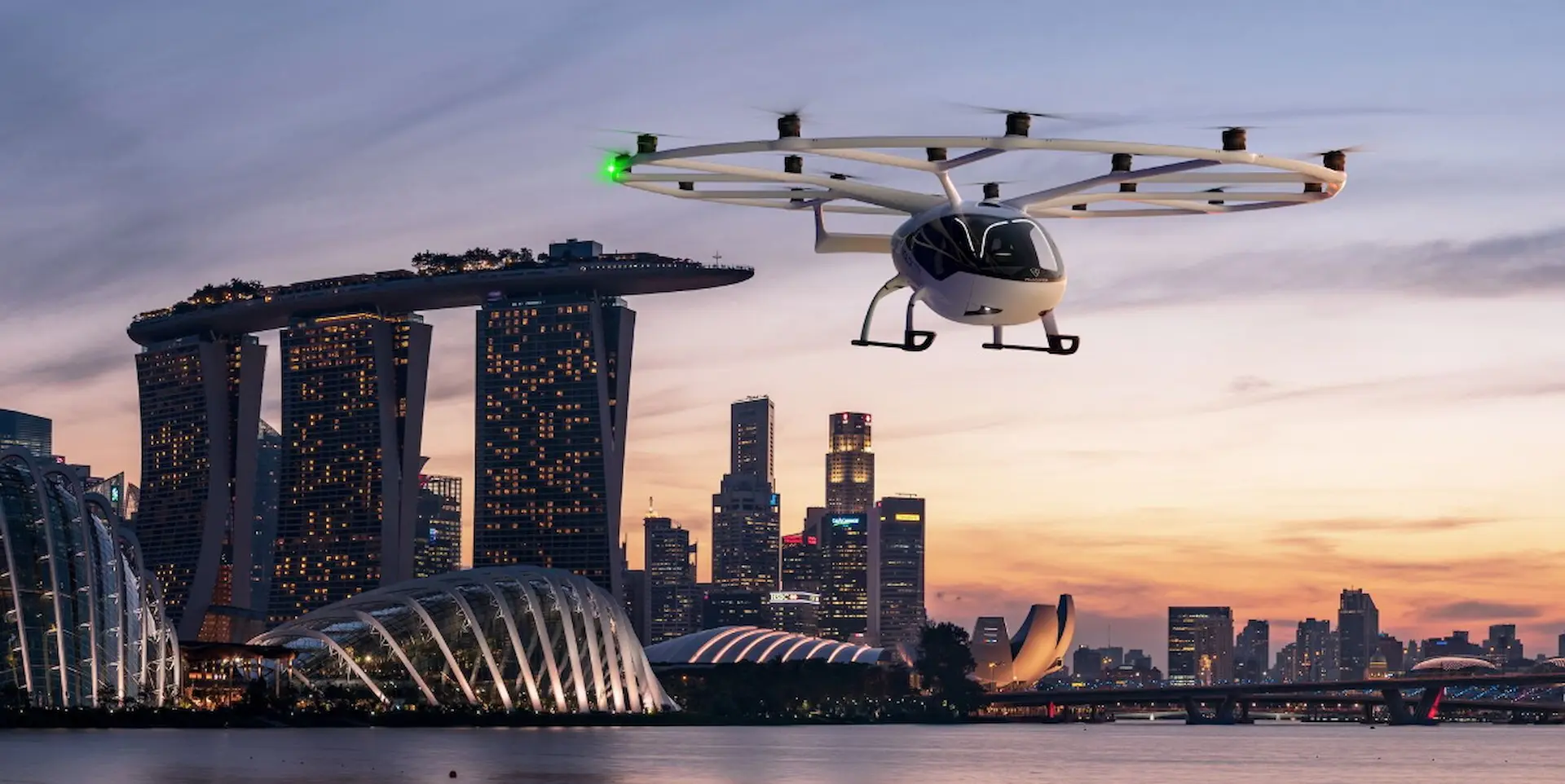
I suggested to the committee that flying around large cities will be much like operating a helicopter in the mountains; in the latter, a proficient pilot will learn how to 'read' the wind - note the signs of downdraughting or turbulent air and avoid crossing a demarcation line if possible, aiming to stay on the 'updraughting' side. The 'monitor' in an eVTOL is unlikely to be so well equipped and will rely on tools such as the OAT to help select the best routing to avoid the worse conditions. In time, of course, if the 'monitor' flies extensively around the same area, they will gain an understanding of local factors and conditions - but it will be systems such as an OAT that will keep them safe as they 'learn'. The performance input of the OAT will calculate a 'Go/NoGo' decision based upon wind strength/direction, density altitude, ambient temperature and the presence of icing conditions. My question over 'Concrete Canyons' was answered by the section on 'Unsteady Transients' - much theoretical work has already been completed in developing algorithms to accurately assess where the areas of worst turbulence or highest wind shear may be present, and sub-scale live tests of representative eVTOL designs are planned in the near future. By the time an OAT goes 'live', the algorithm will be fairly mature - and data collected and downloaded from each eVTOL flight in the demarcated area will only serve to continuously improve its accuracy.
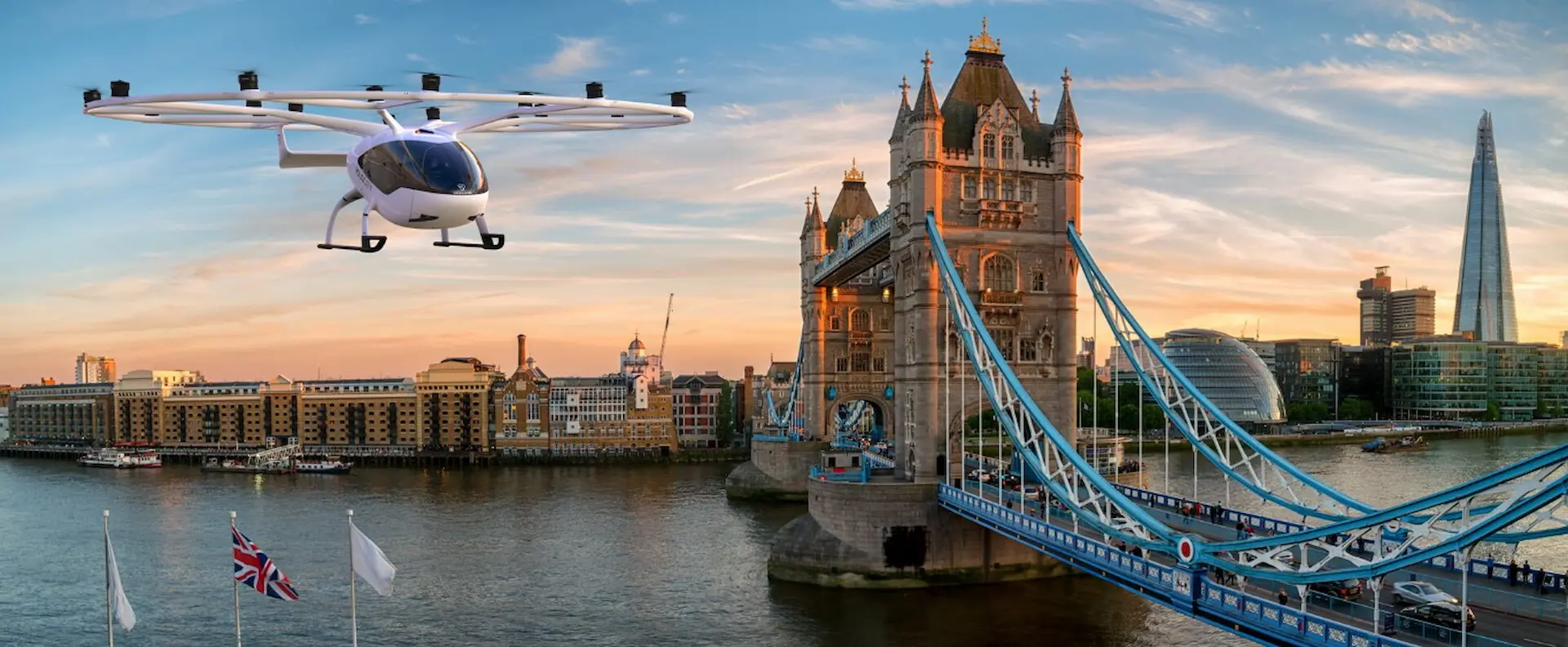
Sceptical
In many ways, as suggested above, I remain sceptical about the true ‘Value Proposition’ for a UAM relying upon small eVTOL machines. However, more important is convincing the Regulators and would-be operators that such a service is not only financially viable, but also demonstrably safe. If the viability requires non-traditionally skilled (and hence, paid...) aviators to monitor the platforms, then there must be a robust ‘system of systems’ underpinning all aspects of the UAM 'journey' from ticket purchase, to boarding and, ultimately, completing the trip safely in the environmental conditions of the day. The papers presented at VFS this year suggest that this is acknowledged. It will be interesting to see over the next 3-5 years if these crucial enablers are matured and deployed in such a way that UAM may truly take flight.
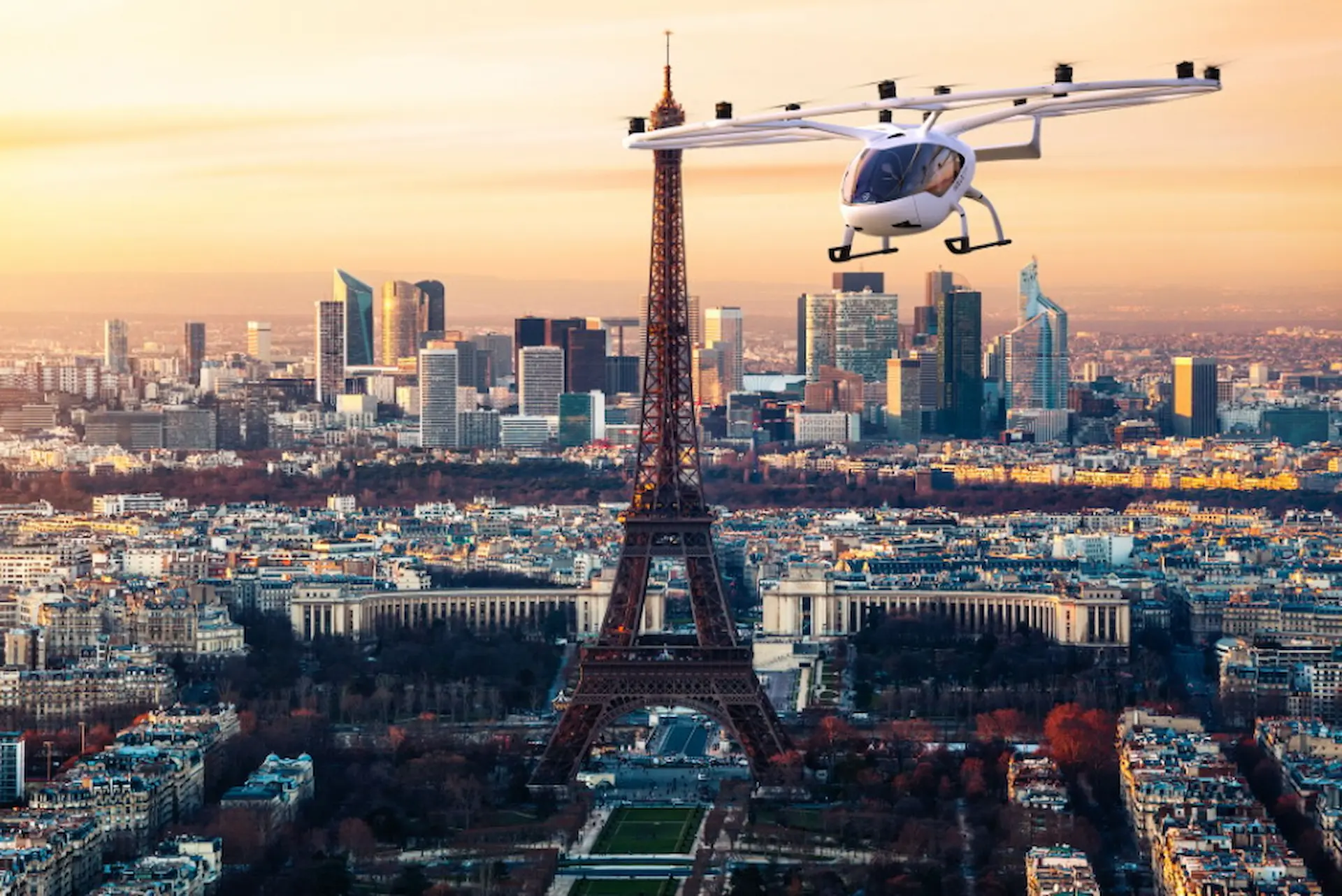
 HOME
HOME


